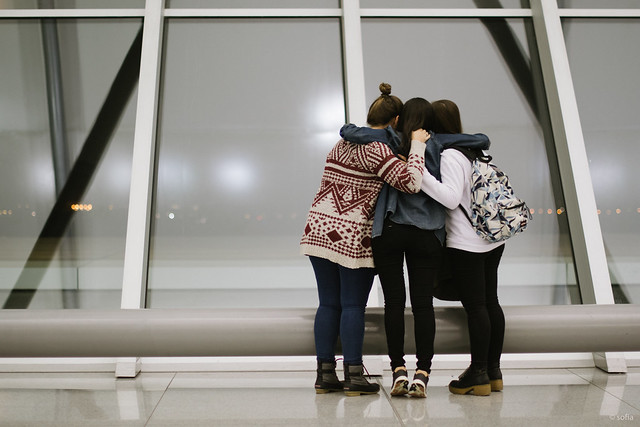How to say “beautiful” in Chamorro?

“Beautiful” in Chamorro
When saying that someone is beautiful, you would say bunita for females and bunitu for males.
bunita
beautiful, pretty, lovely
bunitu
handsome
NOTE: The word bunitu , from Spanish bonito, is often used as a general term to describe things as beautiful or pretty. When saying that a performance or movie was great or nice, it is often referred to as being bunitu. Chamorro musician K.C. DeLeon Guerrero’s sings how the day is beautiful in his song Bonito na Ha’ane.
Usage examples:
Bunita na palao’an si Maria.
Maria is a beautiful lady.
Bunitu na movie i Braveheart.
Braveheart is a good movie.
Bunitu magagu-ña si Denise.
Denise has pretty clothes.
“You’re beautiful” in Chamorro
Bunita hao.
You are pretty.
Bunita hao na palao’an.
You’re a pretty woman.
Bunita si Maria.
Maria is pretty.
Gof bunita hao.
You’re very pretty.
Na buninita hao.
You’re so pretty.
When describing places or settings, you can also use gefpå’go, which means the same thing as bunitu. The word itself tends to be used to describe places and things.
Gefpå’go na tåno’ iya Sweden.
Sweden is such a beautiful land.
Ya-hu iya Hawaii, sa’ gefpå’go na lugat.
I like Hawaii, because it is a beautiful place.
Gefpå’go mampos i tinige’-ña si Dolores.
Dolores’s writing is too beautiful.
Gefpå’go na lugåt iya Hawaii.
Hawaii is a beautiful place.
The word atånon means good-looking or attractive. The word is rooted in the word atan, meaning “to look”, and the suffix -on, meaning “to be capable of”. So literally, the word atånon means “capable of being looked at”, implying that something or someone is “pleasing to the eye.”
Atånon na taotao si Juan.
Juan is a good-looking man.



